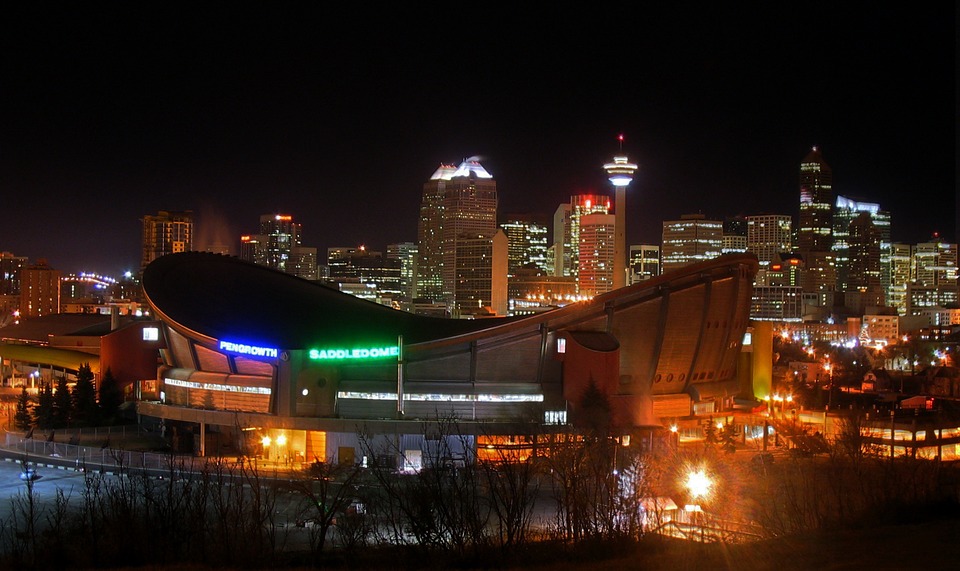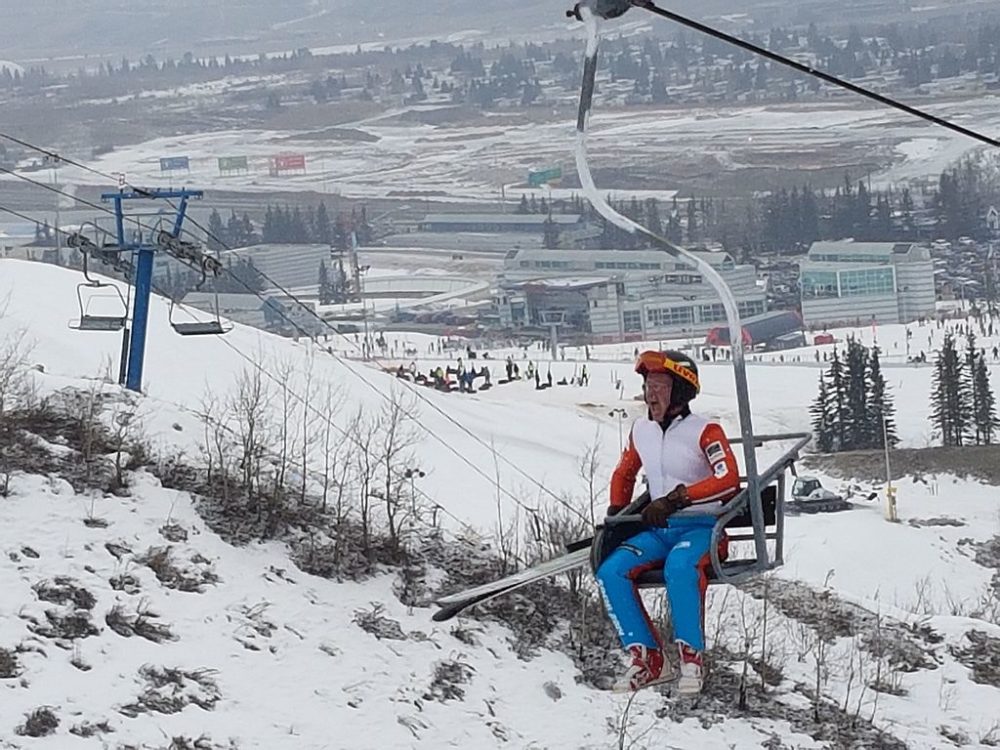This article is republished from The Conversation under a Creative Commons licence. The story also got picked up by the National Post.

Calgary has decided it is no longer an Olympic city by becoming the latest city to reject the idea of hosting the Olympic Games. When results of a special plebiscite on the city’s proposal to host the 2026 Olympic and Paralympic Games were released, 56 per cent had voted for the No side.
The people have spoken. However, as professors specializing in sport management and marketing, we believe the business case for hosting the 2026 Games was exceptional, and rejecting the plan will have lasting repercussions on Calgary and Canada.
The project would have injected $4 billion of external funding over the next eight years into an economy that continues to struggle. The plan would have reduced the municipal government financial burden by 75 per cent in upgrade of existing facilities, from McMahon Stadium to the Olympic Oval, while also providing funding for the city’s long overdue multi-sport field house.
Who pays now?
If we only look at the proposed Games cost-sharing model from the provincial and federal governments, the Calgary taxpayers are now likely on the hook for a minimum of $500 million to support existing sports facilities.
The interesting question, then, is: Why did Calgary residents decisively choose to reject going forward with a bid to host the 2026 Olympic and Paralympic Games?

We have been studying the Calgary bid process for more than a year, including interviewing many involved in the process. This research has given us a unique insight.
In hindsight and through a historical lens, the outcome may now be seen as inevitable. Our conclusion is that the fault lies squarely at the group who initiated and allocated millions of taxpayers dollars to fund the work over two years — Calgary city council.
Roots of a failure
The roots of this failure go back to before 2014, when community leaders informally discussed the merits of bidding to host the 2026 Games. In 2016, council decided that it wanted to control the process, and so it established the Calgary Bid Exploration Committee (CBEC).
CBEC was provided a $4.7-million operating budget, and council established a volunteer board of directors comprising 17 senior civic leaders from a diverse range of backgrounds. A critical requirement of the CBEC mandate was that the board and staff be objective throughout the process.
This question of objectivity sounds simple, but perhaps in retrospect it was a fatal weakness that prevented CBEC from delivering on one of its key mandate — public engagement. This public engagement was limited by a fear that CBEC would be perceived as advocating for a specific position. As a result, engagement was limited to a survey and online forum.
‘Tell me more’
What’s more, consulting the general public during the CBEC stage on a vague question such as “Would you support Calgary bidding for the 2026 Games?” was also problematic. This question would lead to the inevitable response — “Maybe, tell me more.”
The challenge was that no one had any additional information at such an early stage to share. To make matters worse, the city designed the CBEC process in a vacuum and independent of a greater vision for the city.
Supporters of the plan will tell you that Calgary has a vision — it’s officially called Calgary in the New Economy. This vision and other city plans are endless — and most are very good.
However, the plans and vision are not owned by the citizens of Calgary. Any management professor or business leader will tell you that unless a vision is owned by its constituents, it is simply a nice report.
Fundamental flaw
This was another fundamental flaw of the Calgary 2026 process. Asking people to vote on the Olympic bid in the absence of an articulated, holistic and measurable vision of their city was not only unfair, but it was also impossible.
In May 2017, CBEC submitted a 5,400-page report to council, at which point city administration took over the project. The Olympic and Paralympic file then disappeared into the inner workings of the city, only to reappear with the formation of a 2026 bid committee eight months later. It was another four months before the bid committee appointed its CEO.

During the 12 months between the submission of the CBEC report and the formation of the bid committee, no widespread or meaningful public engagement took place.
During our research, many spoke of a process that the general public perceived was rigged by the political elites, not owned by the people.
Modern marketing is about collaborating with customers from initial concept right through to delivery and beyond. It’s about ensuring that your customers own the product as much as or even more than the company does. The absence of Calgarians from the design process meant it wasn’t their bid, it was someone else’s. Their lack of ownership turned the debate to one thing — cost.
And during this entire time, the bill was adding up to somewhere in the $12-million range.
Much of this was caused by a city council — with its winner-take-all mentality — that appeared paralyzed. Too many council members seemed to focus their energy on the next short-term political win and sound bite and not on a long-term vision for the city. The final two weeks of the plebiscite made this very apparent.
The result of the entire process was a decay of public trust as some councillors relished amplifying the narrative that the bid was being driven by the “elites” of the city. This may have won short-term political points but at a cost of declining long-term trust and increased decay in our civic institutions.
It is clear to us that things need to change.
Calgary is a city of passionate and dedicated community leaders. We all need to engage and help frame and define the vision for our city. A vision we all own.
If we do this, as a community, we will move past the political rhetoric and be able to grade our elected leaders not on short-term political wins but rather on how they work together with us to build a city for tomorrow and the next generation.![]()